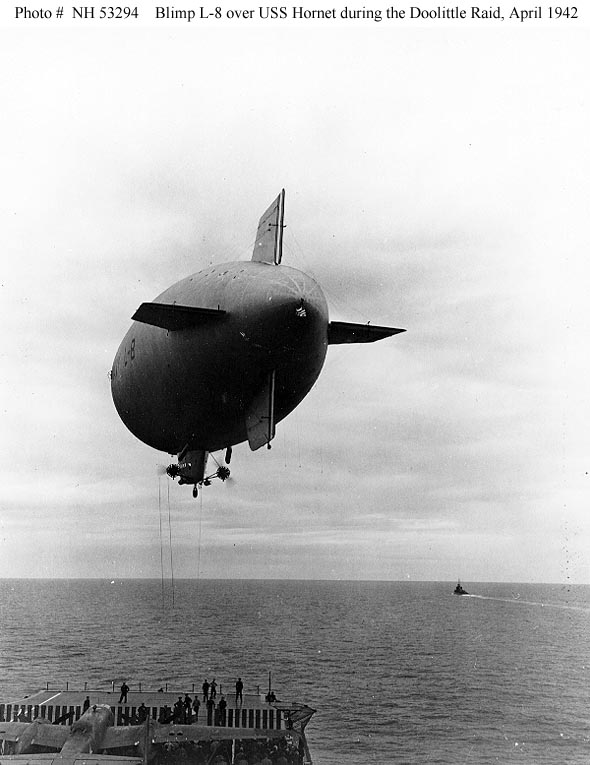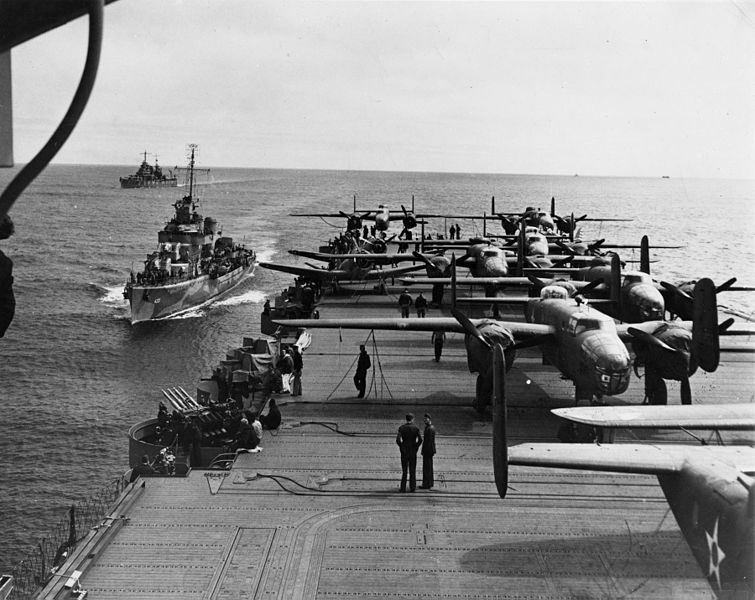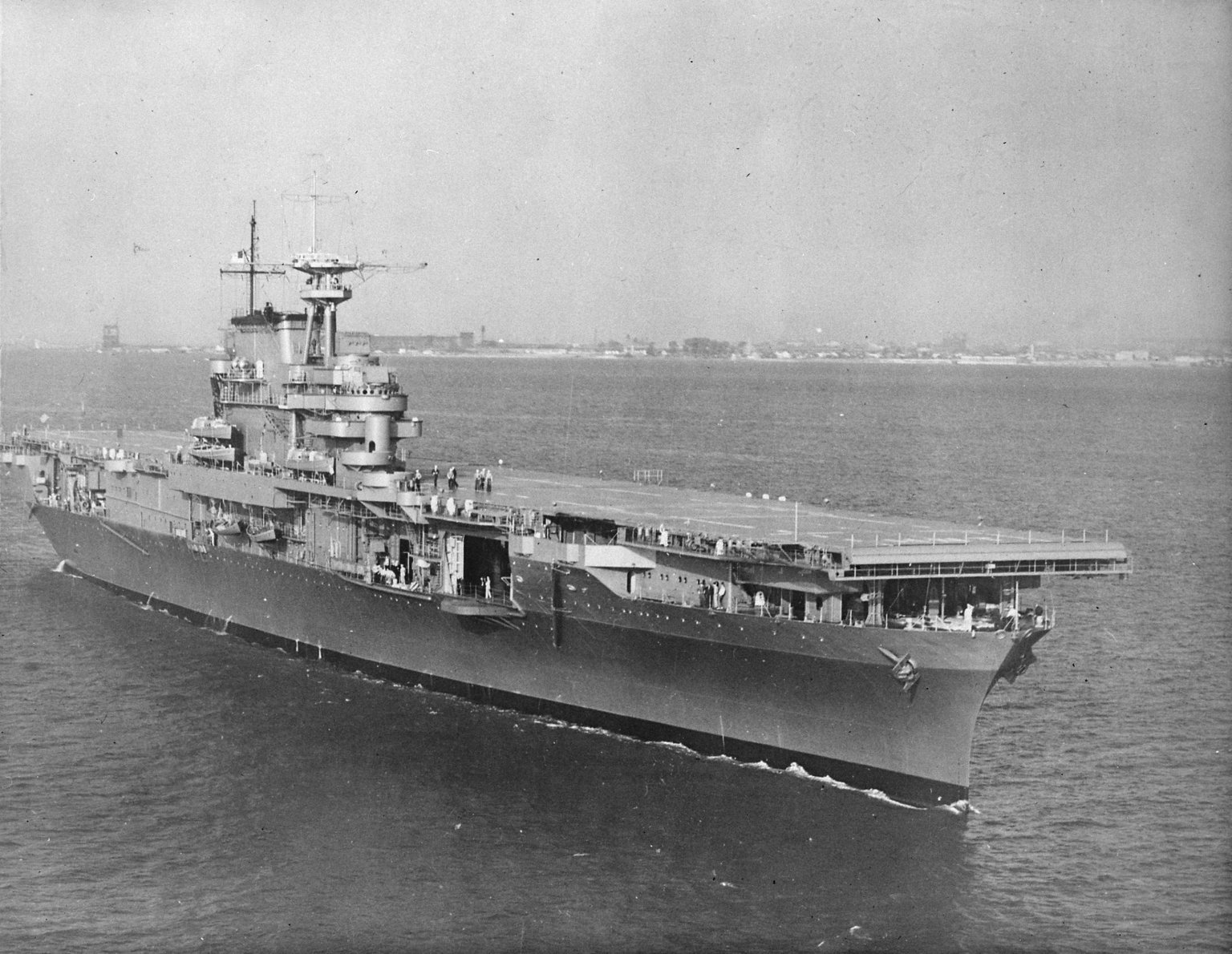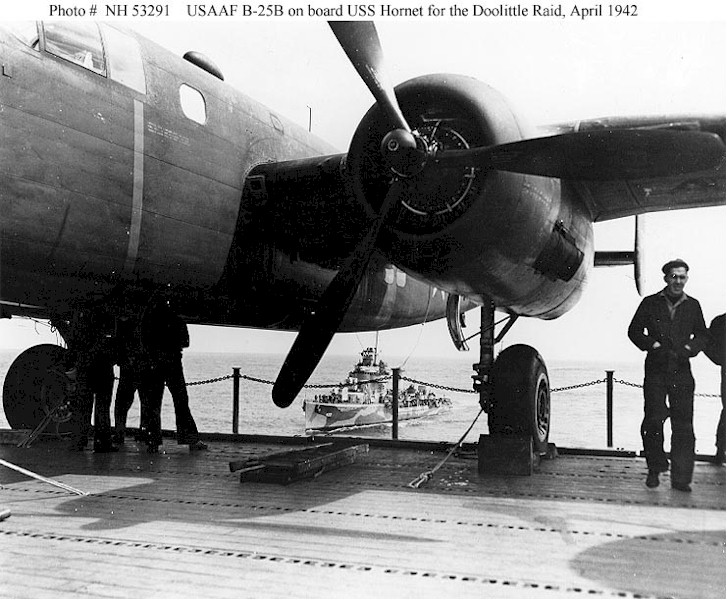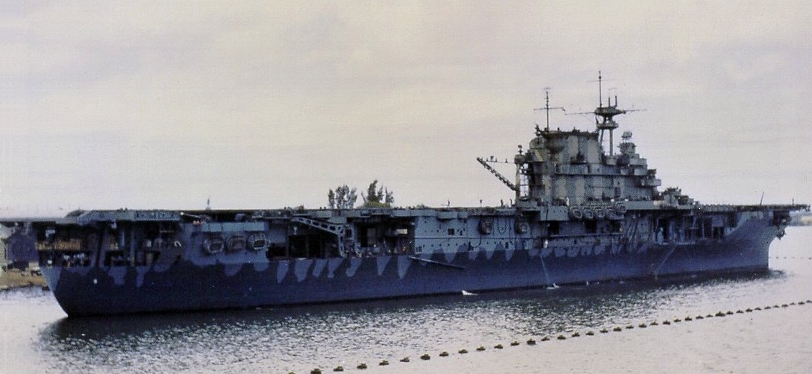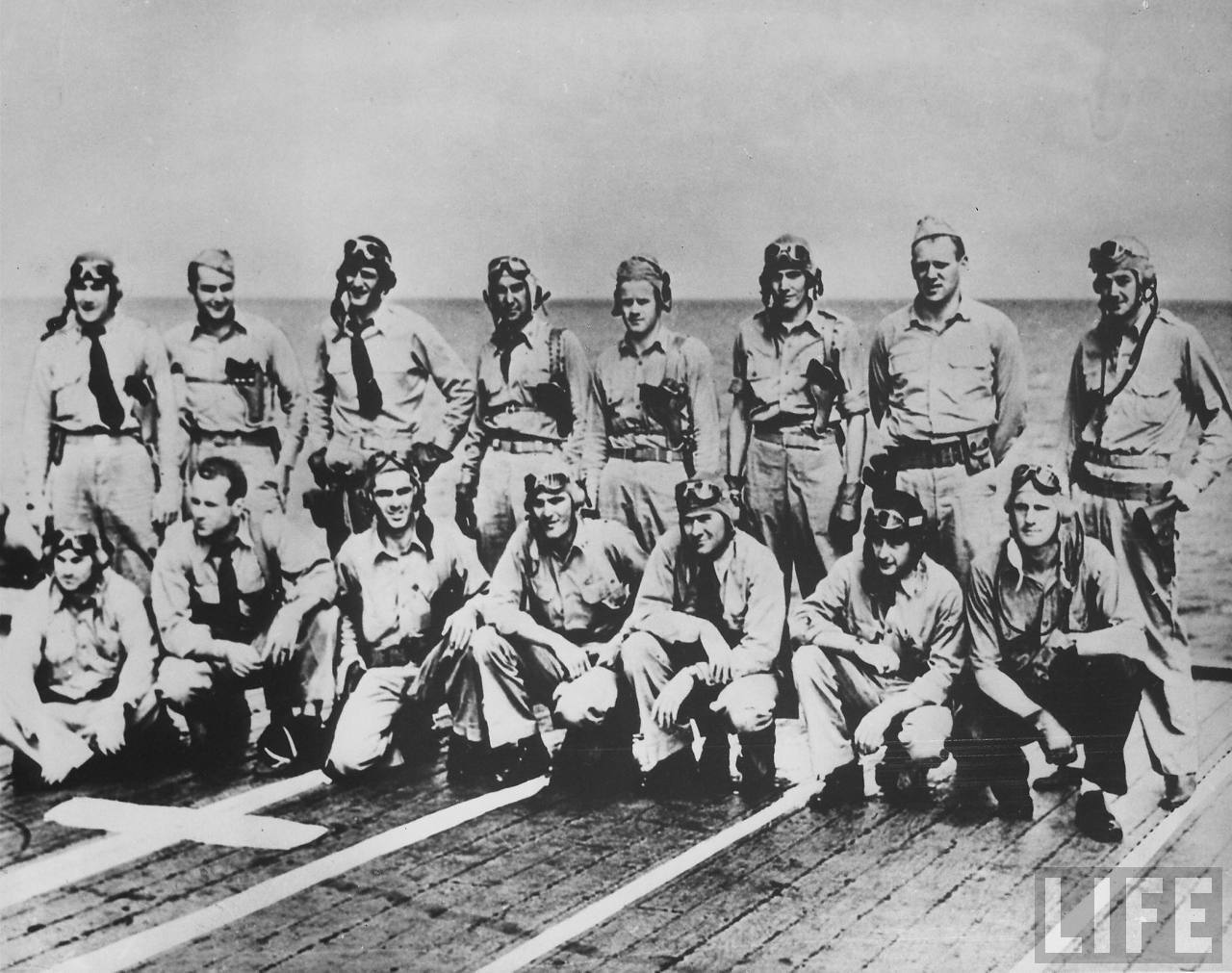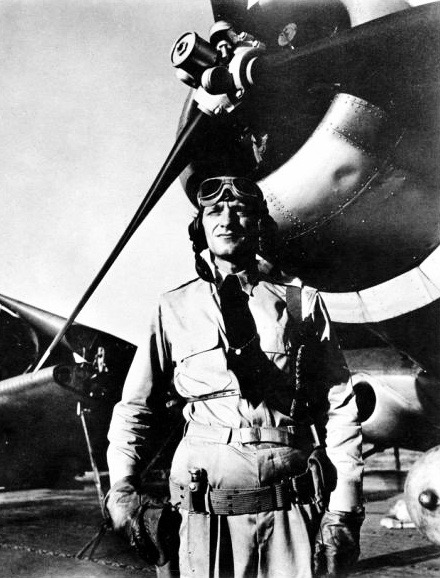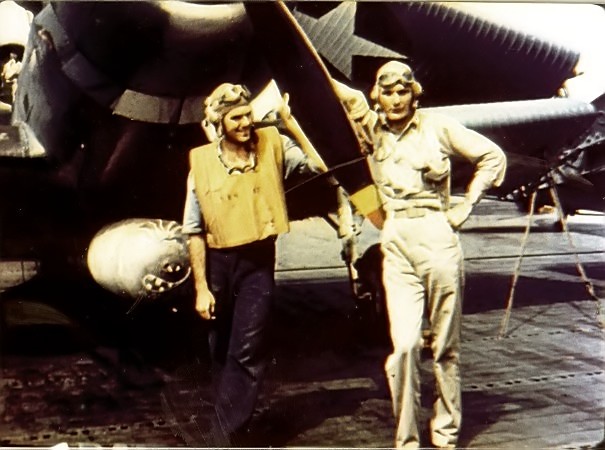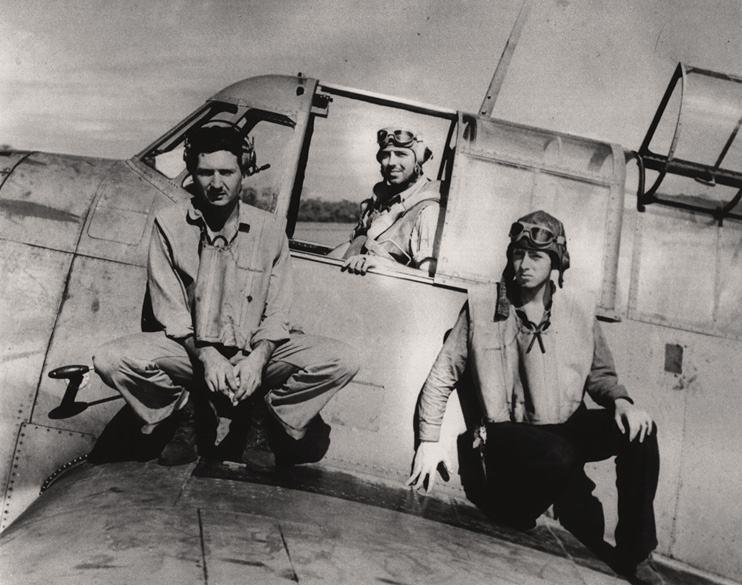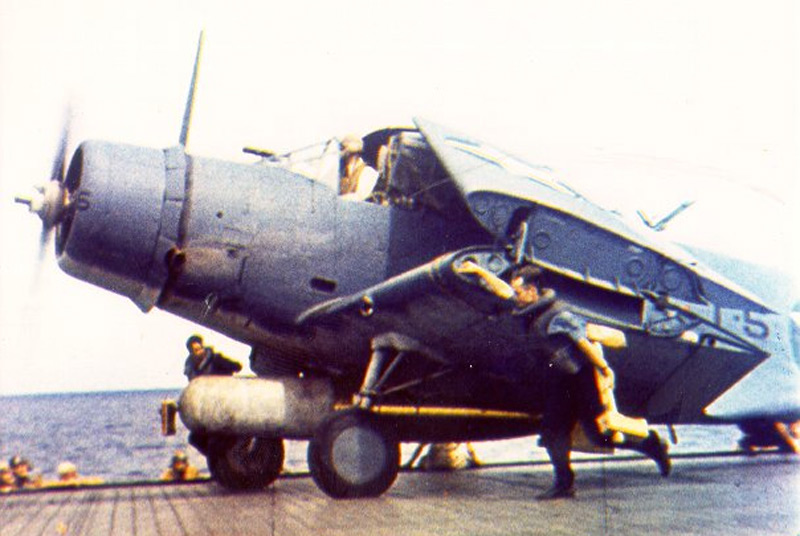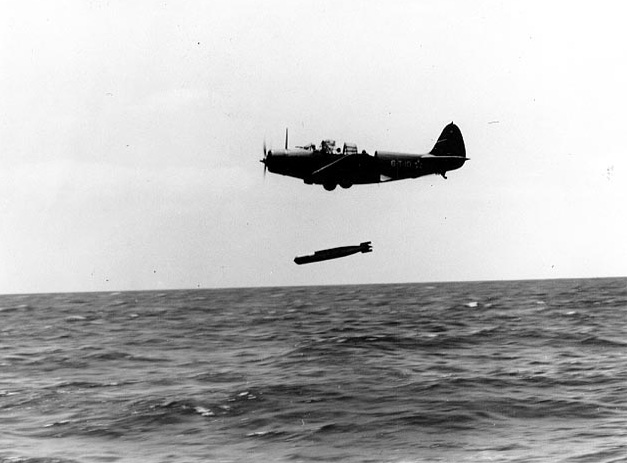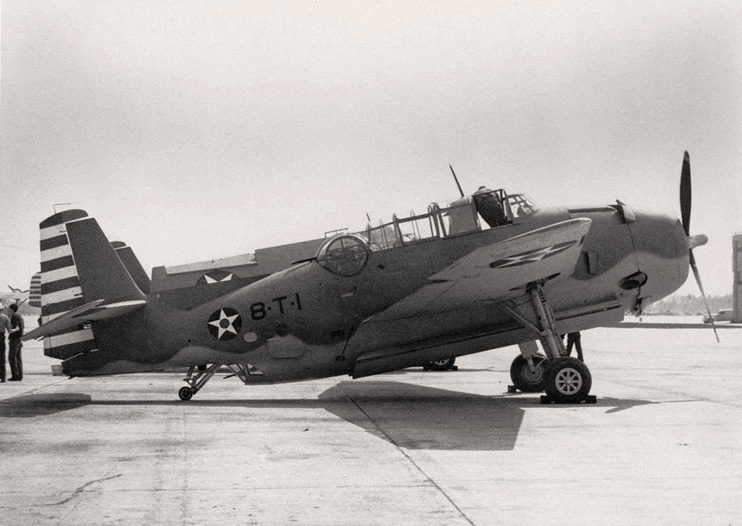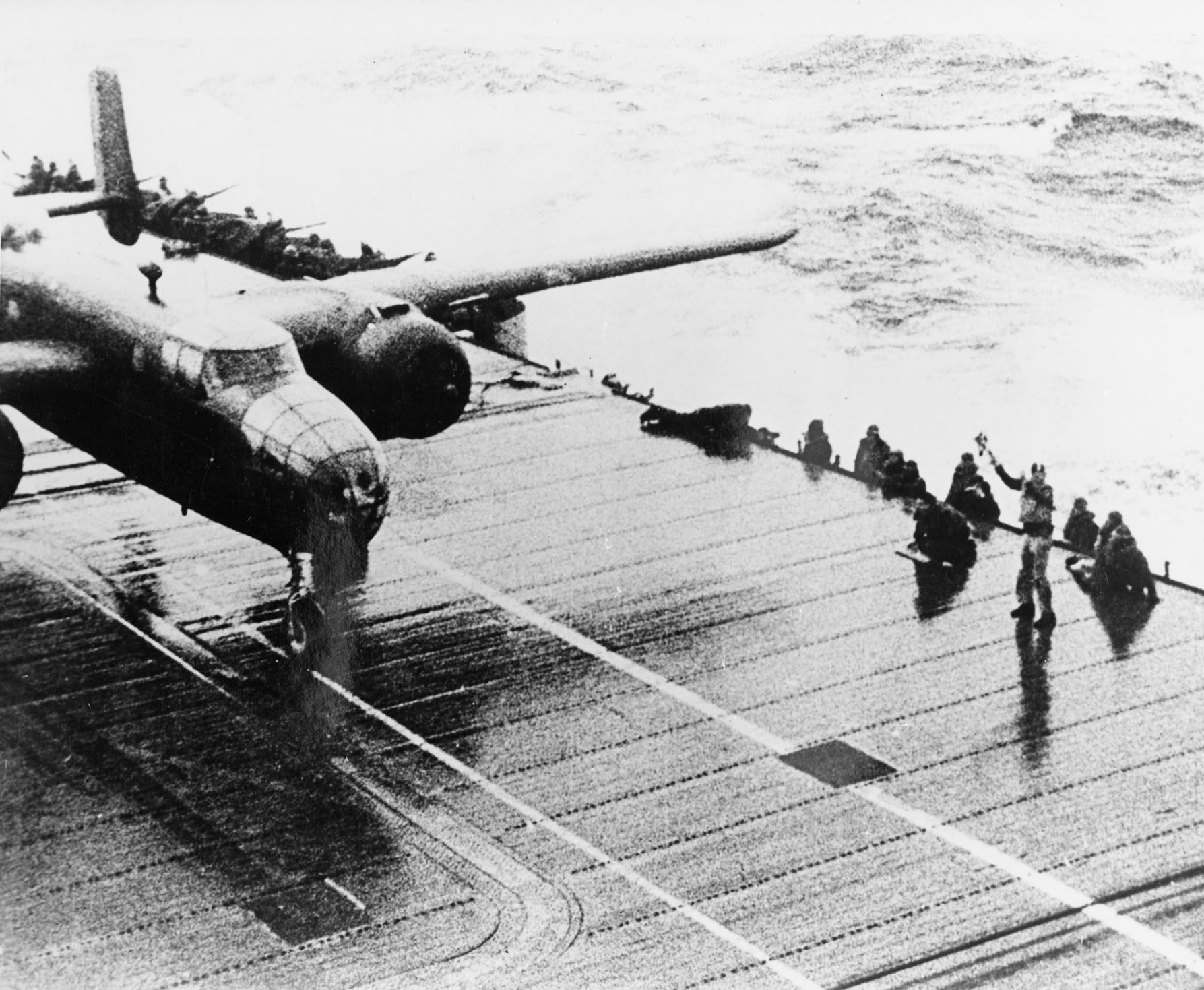
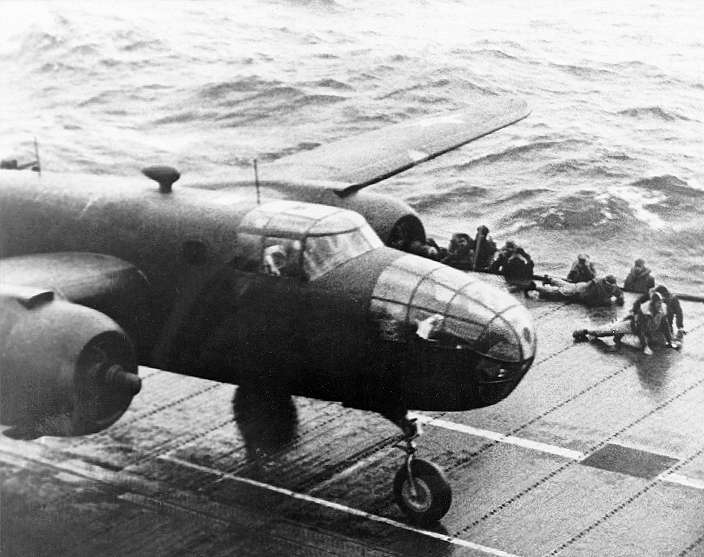
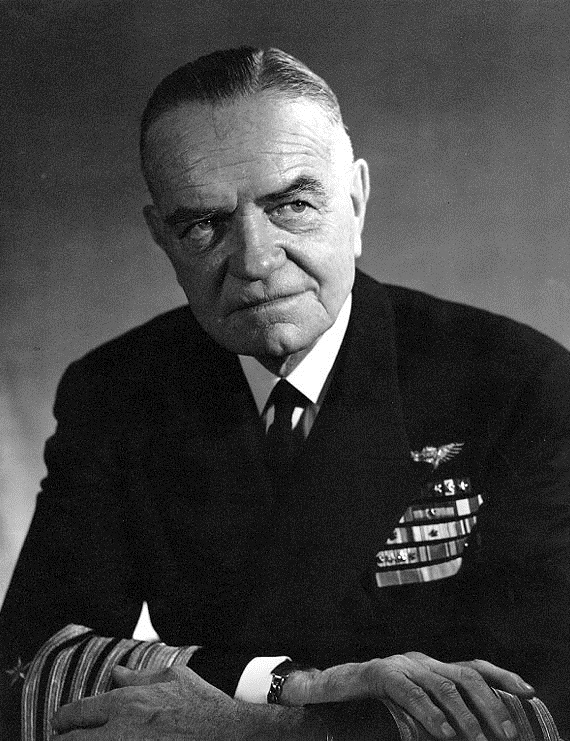
18 April 1942: Task Force 16, under the command of Vice Admiral William F. Halsey, Jr., U.S. Navy, approached the Japanese islands on a daring top secret joint Army-Navy attack.
Planning for the attack began in January 1942 under orders from Admiral Earnest J. King, Commander-in-Chief United States Fleet. Captain Donald B. Duncan, U.S. Navy, was responsible for the plan.
The operation was carried out by Task Force 16 under the command of Vice Admiral William F. Halsey, Jr., United States Navy. Task Force 16 consisted of two aircraft carriers, USS Enterprise (CV-6) and USS Hornet (CV-8), four cruisers, eight destroyers and two oilers. There were two air groups, consisting of eight squadrons of 54 fighters, 72 dive bombers, 36 torpedo bombers, and one squadron of of 16 medium bombers. Lieutenant Colonel James Harold (“Jimmy”) Doolittle, U.S. Army Air Corps, commanded the Strike Group of North American Aviation B-25 Mitchell bombers aboard Hornet.
With the land-based Army bombers secured to Hornet‘s flight deck, her own fighters had been struck below. The air group from Enterprise provided Combat Air Patrol for the task force. The plan was to bring the B-25s within 400 miles (645 kilometers) of Japan, have them take off and carry out the attack, then fly on to airfields in Chinese territory.
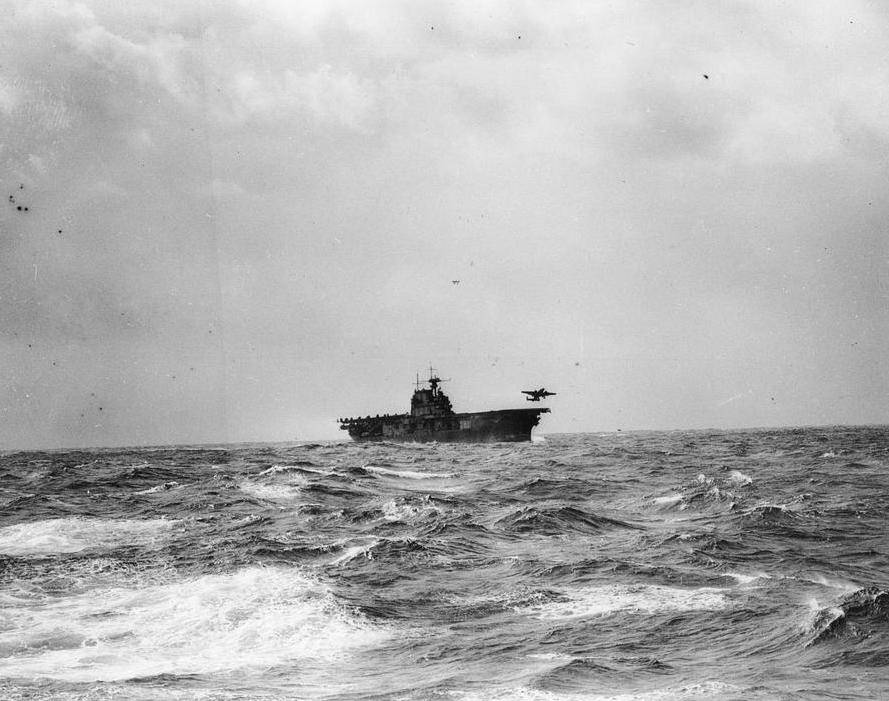
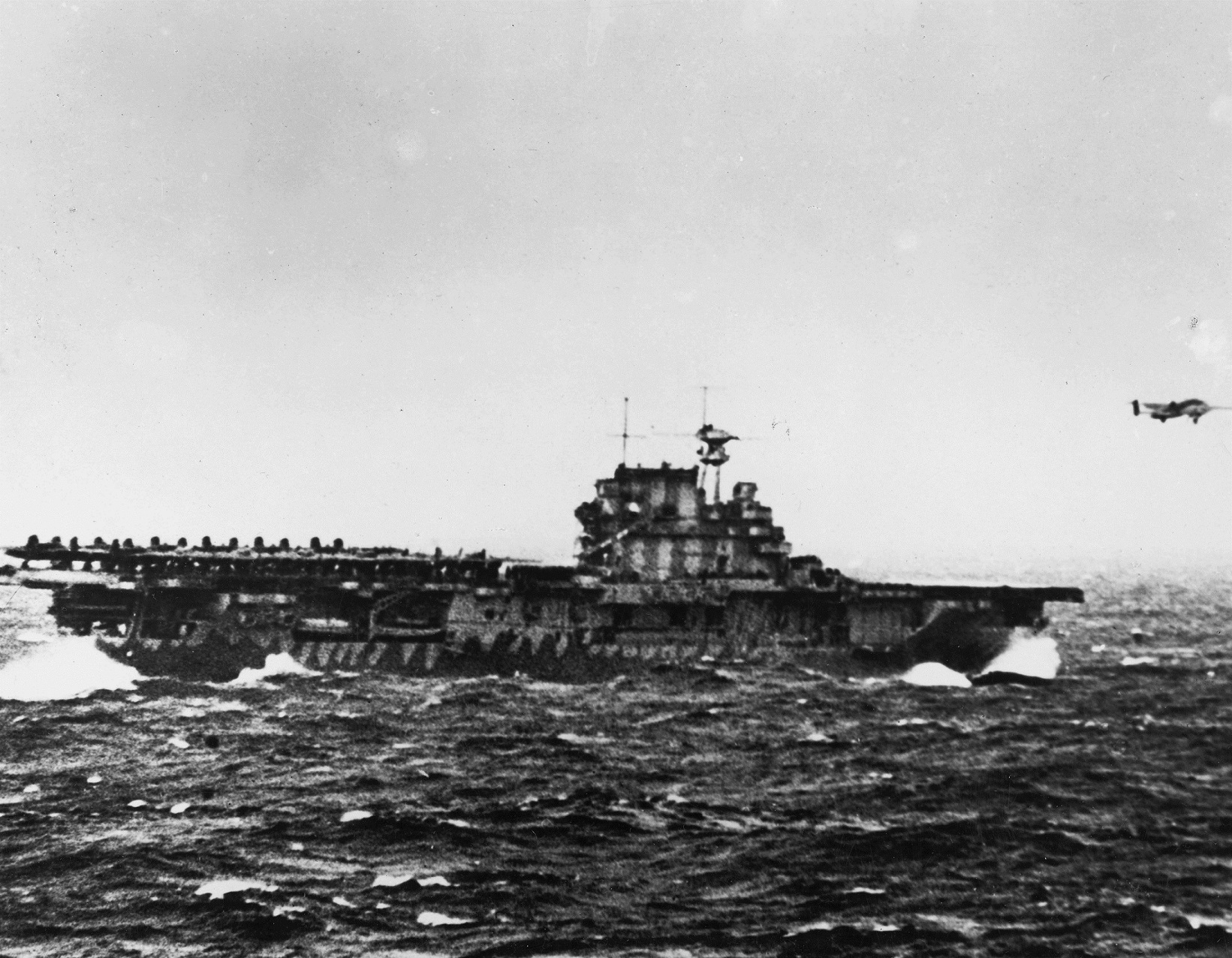
At 0500 hours, the task force was sighted by a Japanese picket boat while still over 700 miles (1,127 kilometers) away from Tokyo. At 0644 another vessel was spotted by the task force. Fearing that surprise had been lost, Admiral Halsey ordered the bombers launched while still 623 miles (1,003 kilometers) from land.
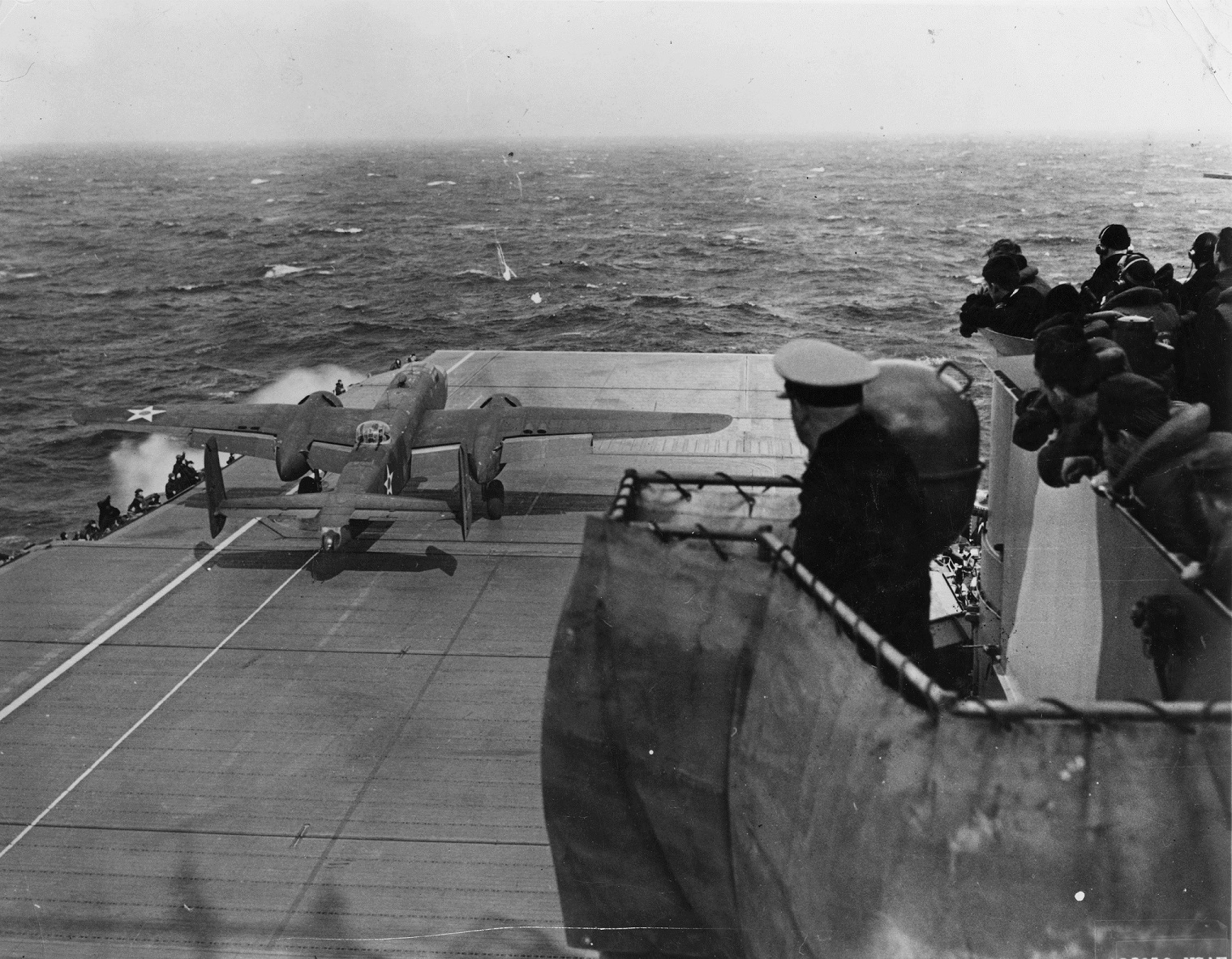
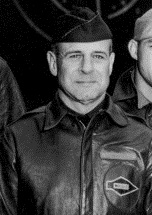
The sixteen B-25s were successfully launched from Hornet and headed for their assigned targets. The lead airplane, B-25B serial number 40-2344, was flown by Lieutenant Colonel Doolittle.
Single B-25s attacked targets in the cities of Tokyo, Nagoya, Osaka and Kobe.The first bombs were dropped on Tokyo at 1215 local time. This was the first offensive operation carried out by the United States of American against the Empire of Japan during World War II.
The actual destructive effect of the attack was minimal. It had been hoped that there would be psychological effects on the citizenry, however the arrival of the American bombers coincided with an ongoing air raid drill, and many thought it was all part of the drill.
Militarily, however, the attack was a stunning success. Four Japanese fighter groups, needed elsewhere, were pinned down at home, waiting for the next attack.
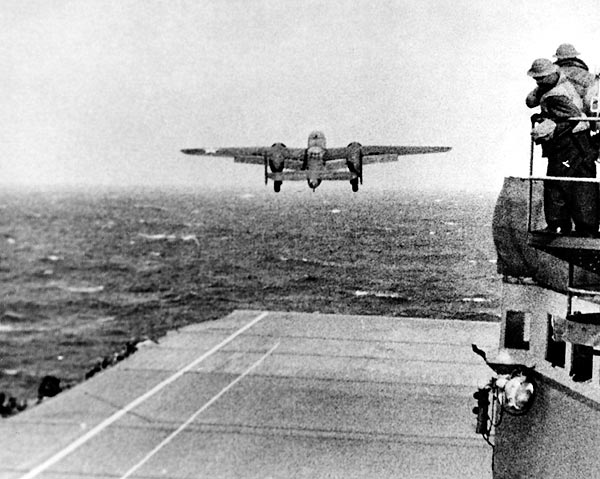
Not a single B-25 was lost over Japan. One landed in Vladivostok where the crew and airplane were interred by the “neutral” Soviets, but they eventually were able to get home. The rest continued on toward China, though without enough fuel to reach their planned destinations. Four B-25s made crash landings, but the crews of the others bailed out into darkness as their planes ran out of gas.
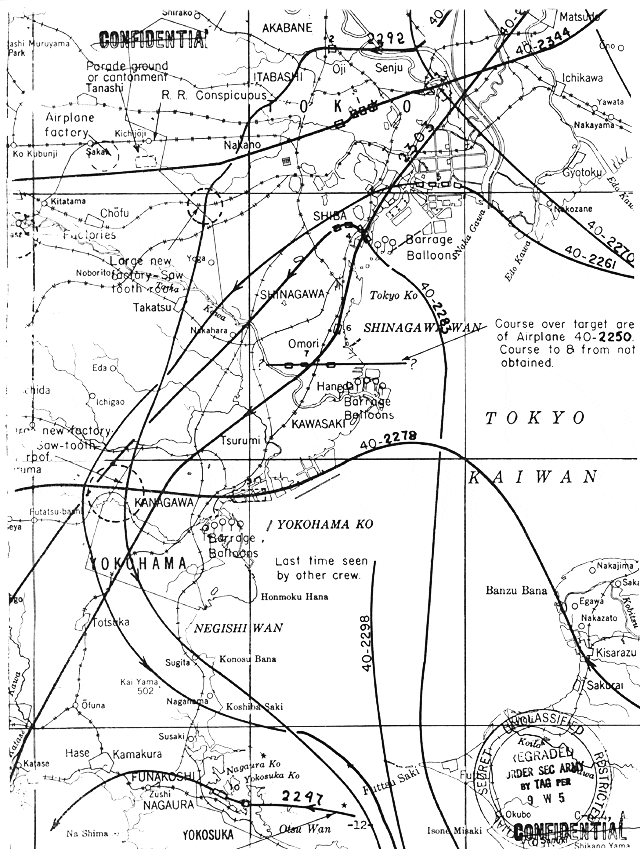
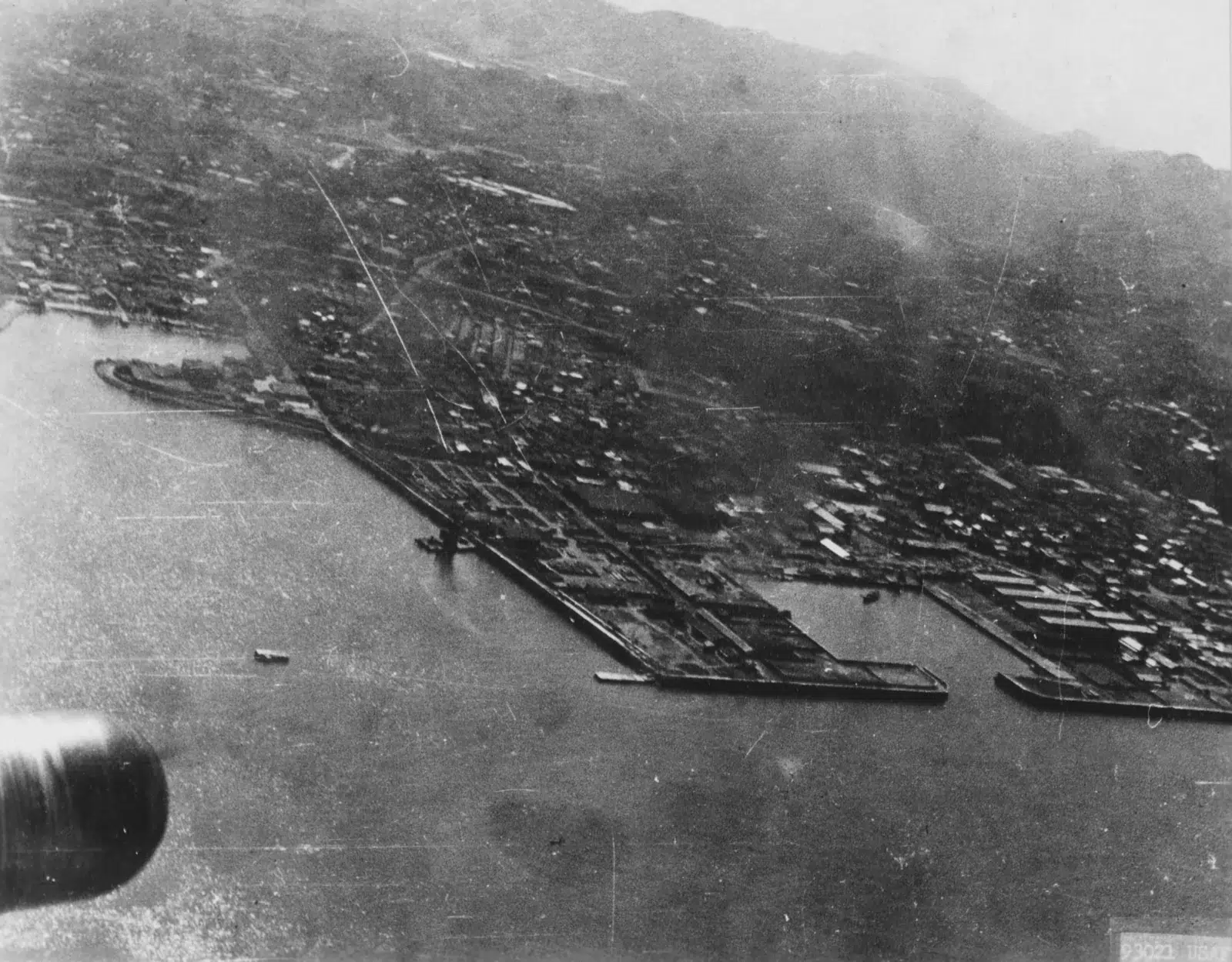

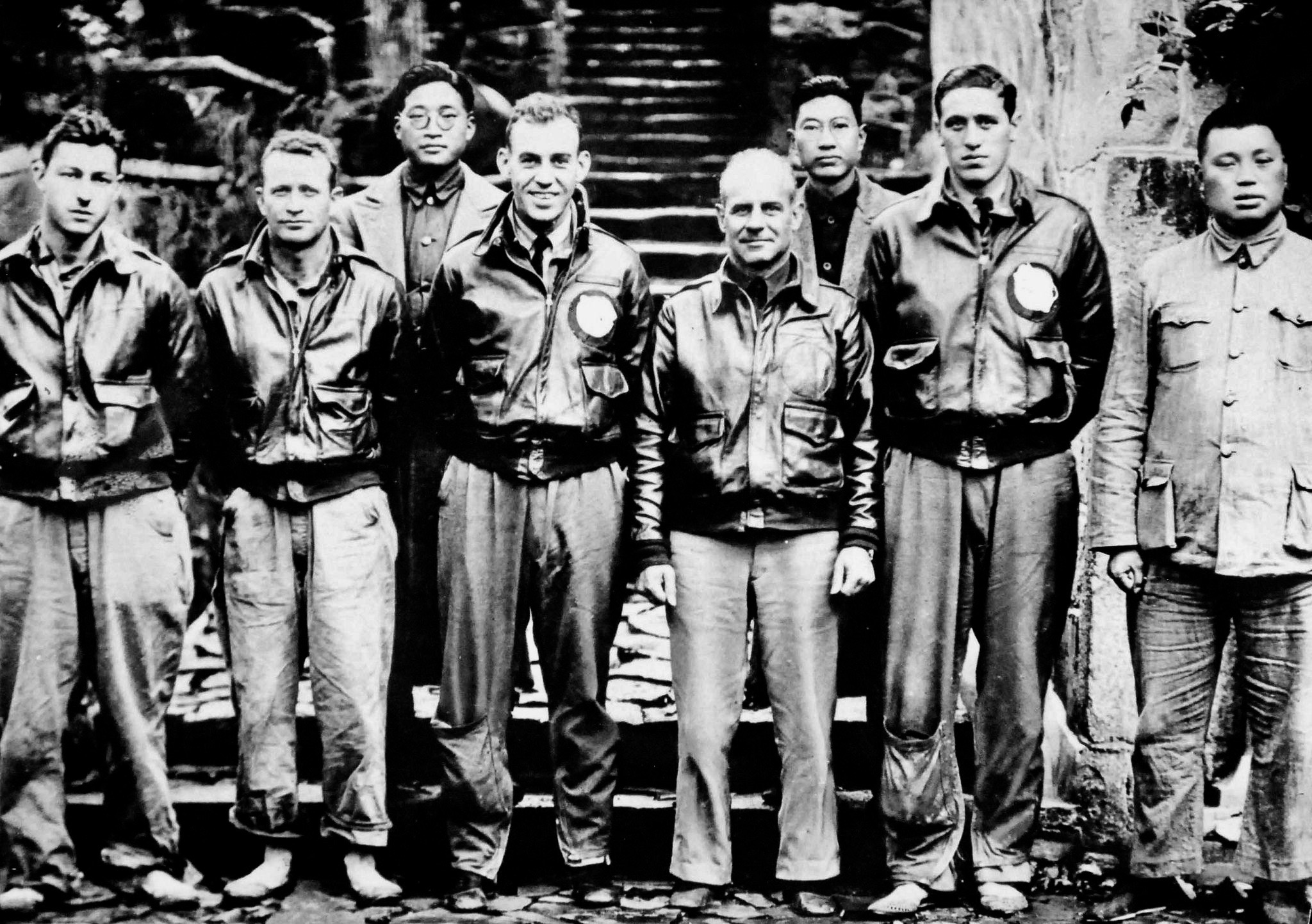
Five of the airmen were killed. Eight were captured by the Japanese, two of whom were executed by a military court, and another died in prison.
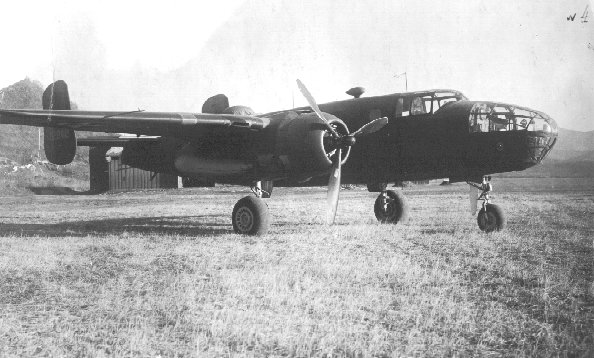
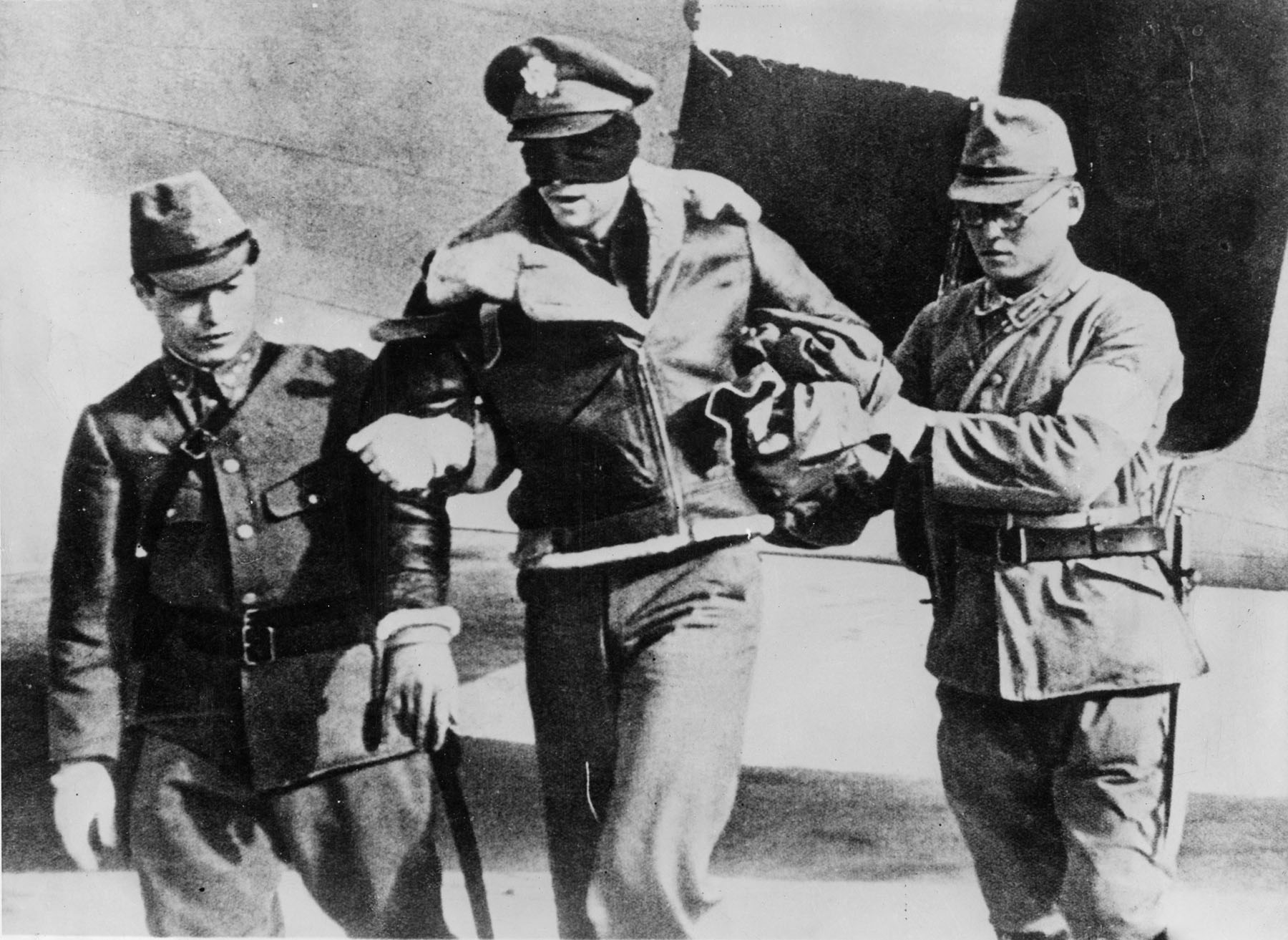
For his leadership in the air raid, James Harold Doolittle was promoted to the rank of Brigadier General, and was awarded the Medal of Honor by President Franklin D. Roosevelt. General Doolittle’s Medal is in the collection of the National Air and Space Museum.
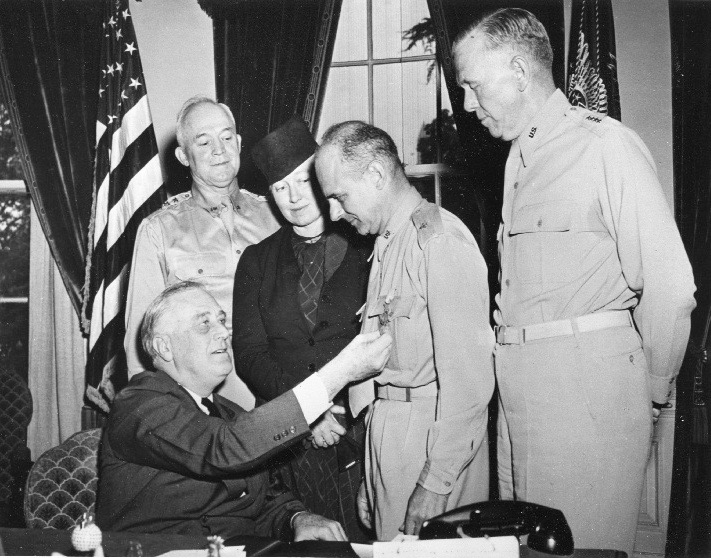
CITATION:
The President of the United States of America, in the name of Congress, takes pleasure in presenting the Medal of Honor to Brigadier General [then Lieutenant Colonel] James Harold Doolittle (ASN: 0-271855), United States Army Air Forces, for conspicuous leadership above the call of duty, involving personal valor and intrepidity at an extreme hazard to life while Commanding the First Special Aviation Project in a bombing raid of Tokyo, Japan, on 18 April 1942. With the apparent certainty of being forced to land in enemy territory or to perish at sea, General Doolittle personally led a squadron of Army bombers, manned by volunteer crews, in a highly destructive raid on the Japanese mainland.
War Department, General Orders No. 29 (June 9, 1942), Amended by Department of the Army G.O. No. 22 (1959) & No. 4 (1960)
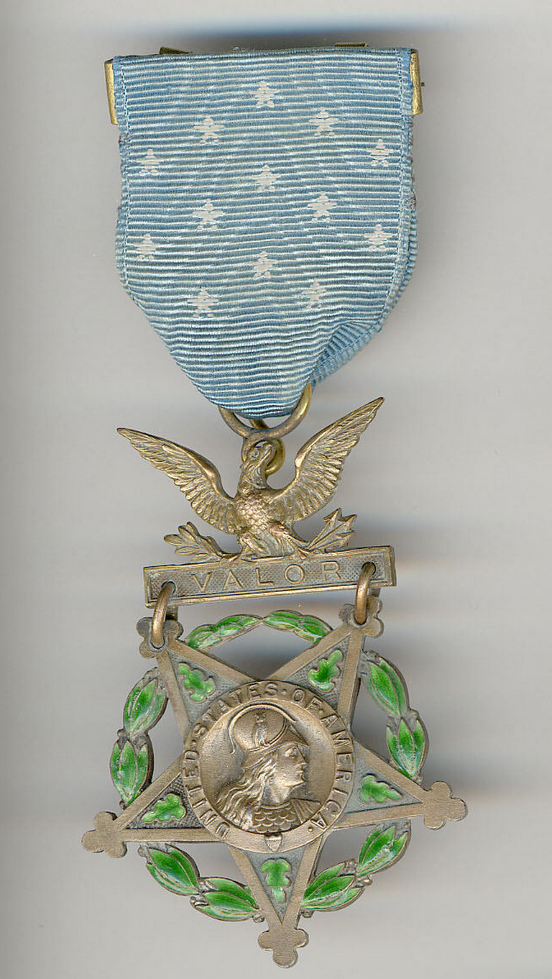
© 2019, Bryan R. Swopes
